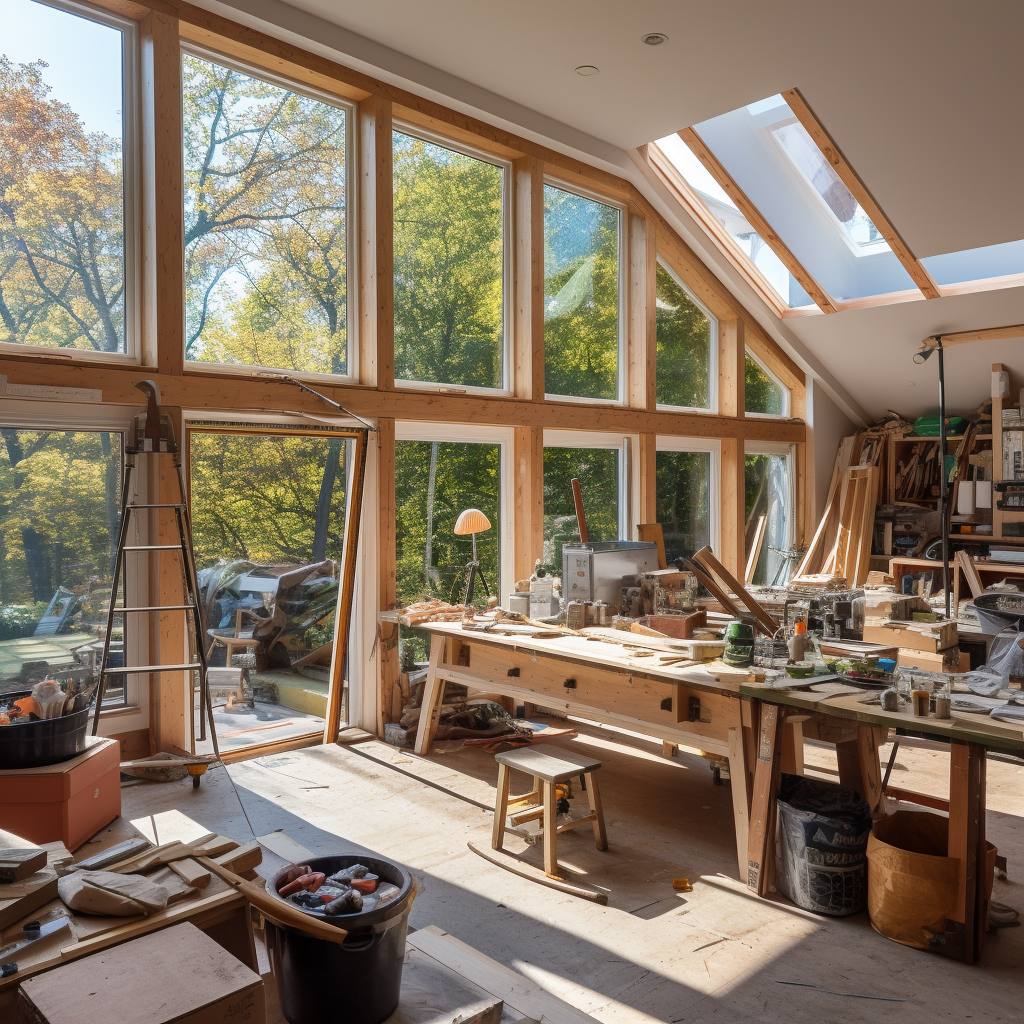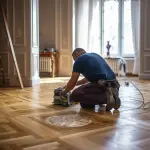Save Big, Live Better: The DIY Home Project Revolution You Can’t Ignore!

Are you tired of spending thousands on home renovations, remodels, and repairs? What if we told you there’s a secret way to save a significant amount of money on these projects? The answer is simpler than you might think: Do It Yourself (DIY). Yes, you read that right. By taking on DIY home projects, you can save thousands of dollars while also adding a personal touch to your home. In this blog post, we’ll reveal how you can make the most out of DIY home projects and save money in the process.
The Potential of DIY
Many people undertake DIY projects out of passion, but a significant number do it to save money. According to the U.S. Census Bureau’s latest American Housing Survey (AHS), the average home improvement project costs $6,352 when professionally done — vs. $2,502 for do-it-yourself. However, not all DIY projects are created equal when it comes to being cost-effective. It’s essential to identify the most useful DIY projects that actually save money.
While economic concerns have slowed some homeowners’ renovation plans, many are still going forward with their projects – or opting for DIY alternatives. In identifying which home renovation projects offer the most economy, look to the labor costs — and specifically, where labor costs make up the bulk of the overall expense.
Identifying Cost-Effective DIY Projects
Bathroom/kitchen renovations or remodels often will save you the most money of all home improvement projects because of the higher (and often specialized) labor costs involved. For example, hiring workers to rehab a bathroom can cost you as much as $75 per hour, and comprise up to 60 percent of your budget. Highly skilled pros or specialists often cost even more per hour.
Of course, some jobs do require a licensed professional’s services — typically, those involving electrical wiring or plumbing. Even so, doing the less specialized parts of the renovation yourself can save you half of the project’s costs.
Money-Saving DIY Project Ideas in Action
The price tag on a DIY home improvement project is almost always lower, saving up to 83 percent on a comparable contractor’s job, according to AHS data. Here are some examples of common projects and their costs. Landscaping, bathroom remodeling, replacing windows with energy-efficient models, upgrading your insulation, building a deck, and installing a shed or garage are all projects that can save you a significant amount of money if you do them yourself.
With so much uncertainty in the economy and housing market, it’s easy to understand why DIY projects – rather than professional renovations – appeal to homeowners right now.
Funding Your DIY Ventures
Even if you’re handling it yourself, a home improvement project can get expensive. If you don’t want to pay in cash, you could consider tapping into your home equity to finance it. With a home equity loan, you can borrow a certain percentage of the equity you’ve built up in your house over the years you’ve owned it. Alternatively, you could use credit cards or apply for a personal loan.
It’s important to note that home equity loans are secured loans, with your house serving as collateral. So, if you can’t repay what you borrow, you could lose your home.
Considerations Before Starting
You can certainly DIY to save money, as the numbers show. But stats don’t always tell the full story. Remember, time is money, too. When determining whether to DIY a project, consider the investment you’ll have to make on days, nights, weekends. Moreover, do you have the expertise to do advanced work? If you don’t, then trying to DIY could equate to more time and expense — especially if you have to pay someone to fix your mistakes.
Another factor to consider is HOA or municipal requirements. Many jobs mandate work permits — and those permits are only granted to professional contractors, for yours and others’ safety. If that’s the case, it’s a pretty strong sign you shouldn’t undertake the job yourself, though you might be able to work under a contractor’s supervision (maybe saving a bit of change on labor).
Savings and Beyond
In short, when considering DIY projects, focusing on the why — as well as the savings — can help you determine their worthiness. So, are you ready to roll up your sleeves and start saving money with DIY home projects? Remember, the key is to plan carefully, understand your capabilities, and make smart financial decisions.






